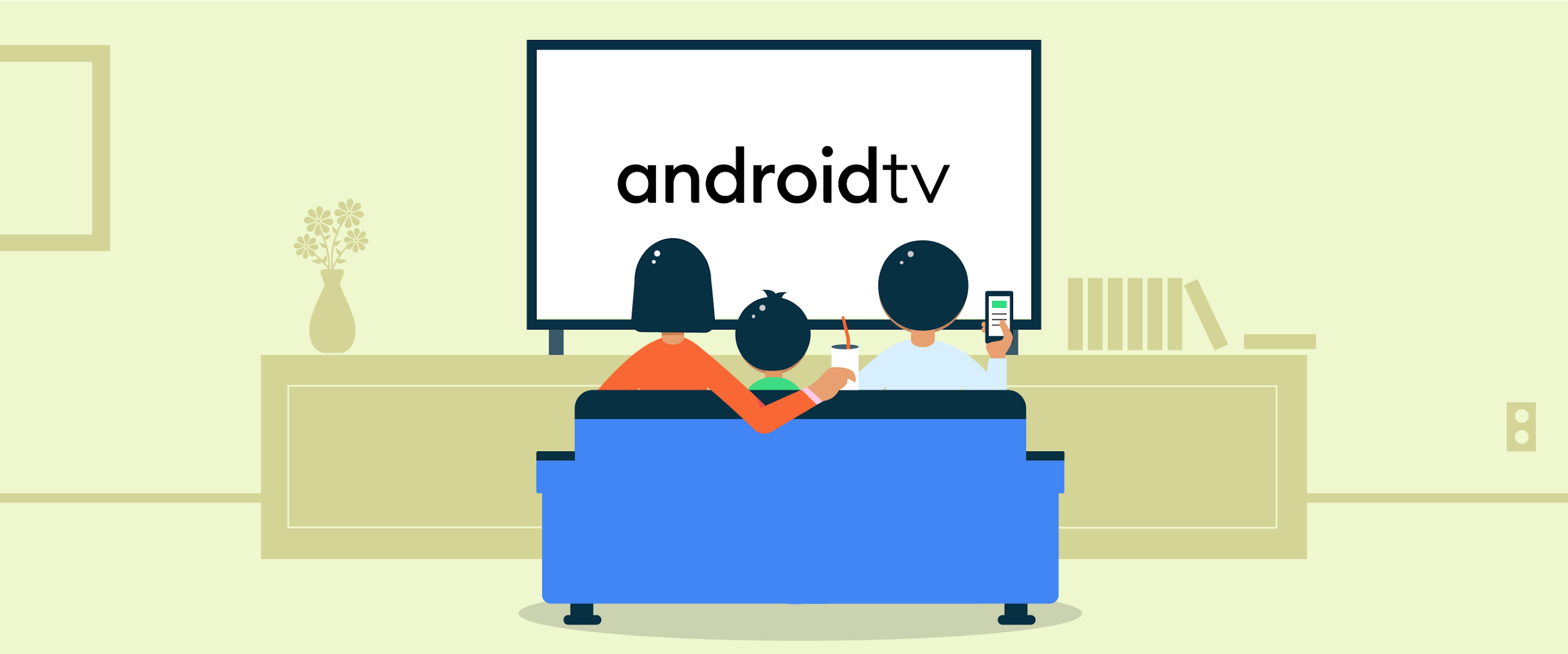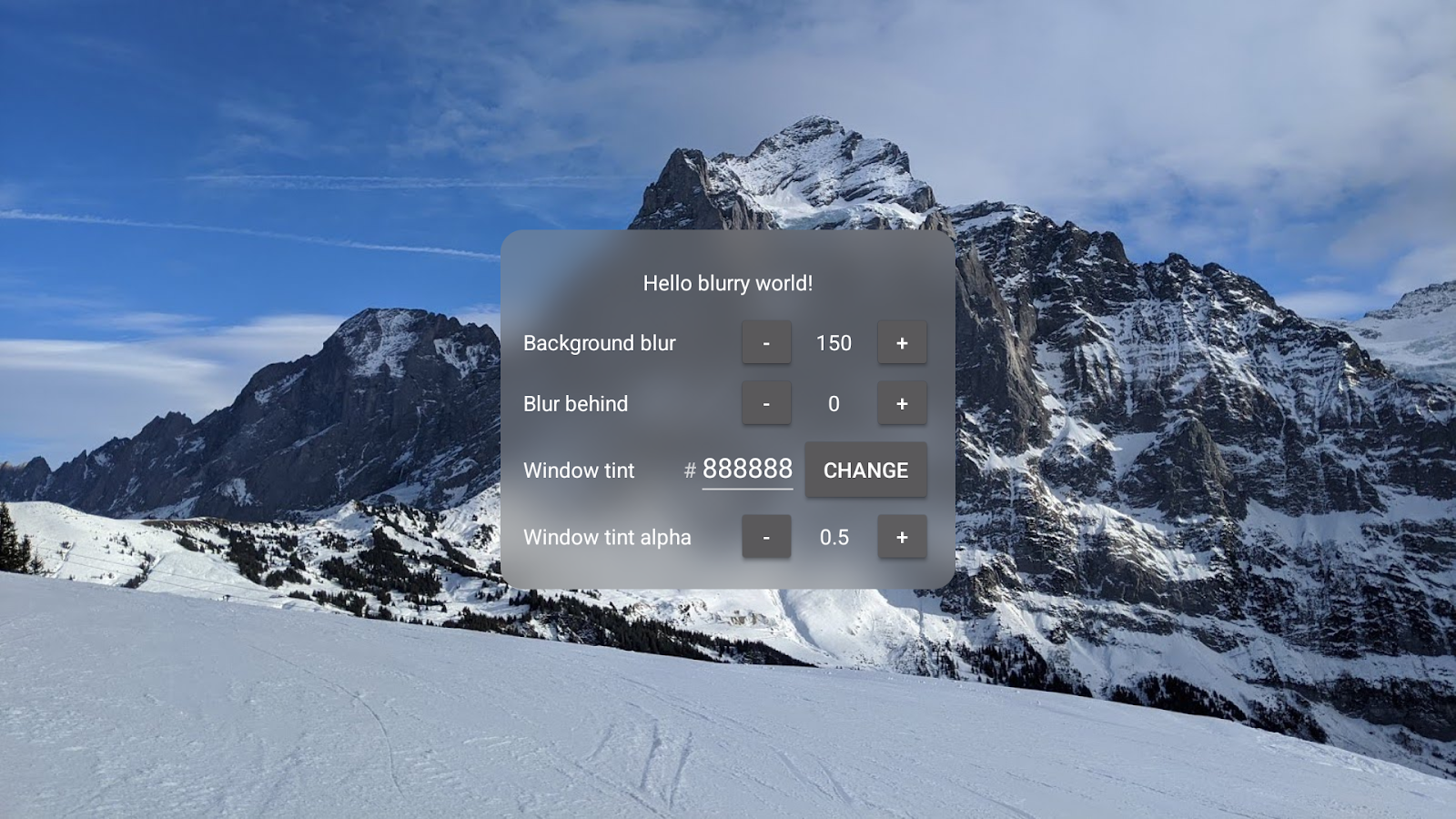
Posted by Wolfram Klein, Product Manager, Android TV OS
Alongside today’s Android 12 Beta 3 release for mobile, we’re also bringing the third Beta of Android 12 to Android TVs. We’re excited to bring new media features, UI improvements, and privacy controls to the experience with Beta 3 while we continue our work of preparing the full release.
Media
At the heart of the TV experience is beautiful and seamless media playback. In the US, users are spending well over 4 hours a day watching media on TV, and are always asking for the highest resolution playback possible. With Android 12, we are releasing three new features to better support ever-improving picture quality.
- Refresh Rate Switching Settings: For a smoother viewing experience, Android 12 now supports seamless and non-seamless refresh rate switching. Apps can now integrate these settings for playback of content at optimal frame rates. The Match Content Frame Rate user setting has been added to allow users to control this feature, and apps can call Display.getMode to know if a user’s device supports seamless rate switching.
- Better display mode reporting: We are improving how TV devices report display modes and making hotplugging behavior more consistent. App developers no longer need to use workarounds for accurately detecting display modes or for handling HDMI hotplug events.
- Tunnel Mode Updates: Updates to Android’s tunnel mode are making it even easier for app developers to support consistent and efficient playback across devices by reducing media processing overhead in the Android Framework.
User Interface
A beautiful media experience needs an equally stunning user interface to match. Android TV brings two new additions to the UI that help developers provide users with a richer visual experience on high performance devices.
- Background blurs: Background blurring using RenderEffect (for in-app blurs) and WindowManager (for cross-window blurs) can now be used to easily enhance the visual separation of different UI layers.
Example background blur used to separate UI layers.
- 4K UI support: For added visual fidelity, Android TV OS now officially supports UI rendering at 4k resolution on compatible devices. 4K UI resolution can be tested in the upcoming Android 12 emulator for TV to allow app developers to prepare their app for devices with the higher resolution.
Privacy and Security
With Android 12, we’re continuing to focus on giving users more transparency and control while keeping their devices and data secure. Beta 3 for TV includes many of the new privacy features from the Android framework.
- Microphone and camera indicators: Users will now see any time apps are accessing the microphone or camera by showing an indicator on the TV screen. For better visibility of recent app accesses to microphone and camera, users can visit their privacy settings on TV.
Microphone and camera indicators showing during a video call. Video credit: Ekaterina Bolovtsova.
- Microphone and camera toggles: Two new global privacy settings are now available, allowing the user to easily toggle access to the microphone or camera. When those toggles are disabled, apps will be unable to access microphone audio and camera video.
Microphone access toggle in a user’s global privacy settings.
- Device Attestation: To assure that your application is running on certified and authentic hardware, the Android KeyStore API has been extended to support attestation of basic device properties.
The Android 12 Beta 3 release for TV is available as a system update to ADT-3 devices today. Also available in the coming weeks, you can use the preview version of the Android 12 emulator to test and build your apps for TV. We hope this helps you test your Android TV app implementations for the next generation of devices. To learn more about getting your Android TV app ready, visit our Android TV OS developers page.
We can’t wait to see what you will build with Android 12 on TV!





